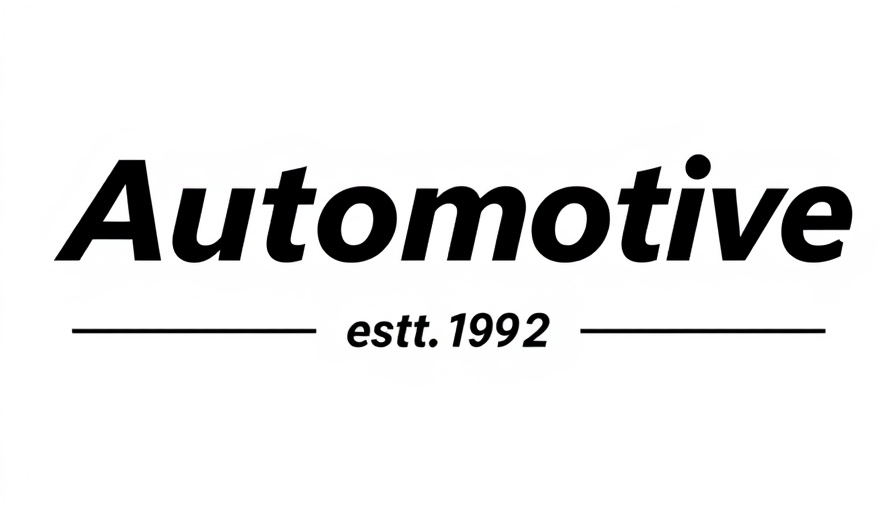
The Rise of E-Fuses: Transforming Automotive Technology
In the evolving landscape of automotive technology, the introduction of the e-fuse marks a significant leap forward. Unlike traditional blade-style fuses that have long been a staple in cars, e-fuses leverage smart technology to deliver real-time diagnostics and enhanced performance. This transition from old-school fuses to smart e-fuses reflects a broader shift towards smarter, more efficient vehicles.
What Is an E-Fuse?
To understand the significance of the e-fuse, we first need to grasp its function. Traditional fuses operate on a straightforward principle: they either allow current flow or interrupt it during an overload. However, e-fuses, which are effectively integrated into a computer chip, offer much more than just a cutoff mechanism. They act like a combination of a fuse and a relay, equipped with advanced features that enhance vehicle performance.
Advantages of E-Fuses Over Blade Fuses
One of the standout advantages of e-fuses is their rapid response to overcurrent events. This quick reaction not only protects the vehicle’s wiring but also enables the vehicle’s systems to be lighter and less robust. As electric vehicles (EVs) like Rivian and Tesla adopt e-fuses, they benefit from reduced weight and savings in both space and cost.
E-fuses also boast real-time monitoring capabilities. This means that vehicles equipped with e-fuses can log electrical incidents for future troubleshooting, making repairs and diagnostics significantly simpler than with traditional fuses.
The Shift in Automotive Electrical Architecture
As automotive manufacturers embrace e-fuses, they are also transitioning from a domain to a zonal architecture. This decentralization in design allows for more efficient control of various vehicle subsystems. In the case of Rivian, this means replacing ordinary fuses with over 200 e-fuses that manage different functions, streamlining operations within the vehicle.
Software-Enabled Self-Healing Capabilities
One of the most remarkable features of e-fuses is their ability to reset themselves through software. This self-healing capability means that electrical issues can often be resolved without physical intervention. For car owners and technicians, this represents a profound shift in how electrical problems in vehicles are diagnosed and managed.
Impact on the Automotive Industry
As e-fuses gain traction within automotive design, they signify an important progression toward more intelligent vehicles. Automakers are recognizing that moving away from traditional blade fuses not only enhances vehicle performance and safety but also aligns with the growing demand for sophisticated, connected technologies in cars.
Conclusion: A Future of Smarter Vehicles
As the automotive industry continues to advance, embracing technologies like e-fuses opens doors to new possibilities. The adaptation of these electronic fuses heralds a new era of smarter, safer vehicles. For dealership owners and general managers looking to stay ahead, understanding these changes and their implications on service and repair will be crucial.
 Add Row
Add Row  Add
Add 

 Add Row
Add Row  Add Element
Add Element 




Write A Comment